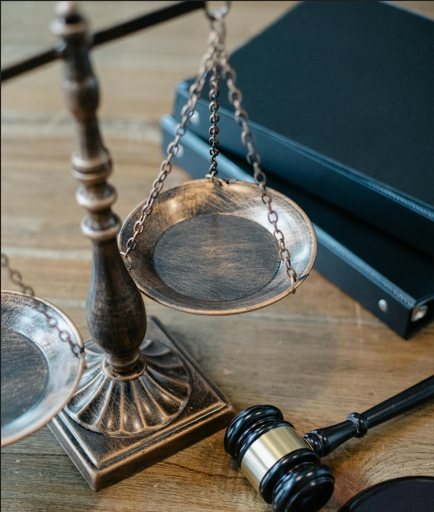Impact on IP Protection under 2025 Revised PRC Anti-Unfair Competition Law

By Victoria Lei, Maarten Roos
On 27 June 2025, China officially adopted the latest revision of the PRC Anti-Unfair Competition Law, which will come into force on 15 October 2025. This is the most significant amendment since 2019. The new law focuses on addressing emerging types of unfair competition in the context of the digital economy and platform economy. In the area of IP protection, it introduces more targeted provisions, further strengthening the role of this law as a complementary legal mechanism alongside specific IP laws.
Key Highlights Related to Intellectual Property
1. Further integration of "confusion acts" with IP protection, providing additional enforcement
The revised law explicitly stipulates that where an operator misleads the public by unauthorized use of another party's registered trademark or well-known unregistered trademark in its enterprise name, such behavior constitutes an act of confusion. It also prohibits setting others' product names, enterprise names (including abbreviations and trade names), registered trademarks, or well-known unregistered trademarks as search keywords to mislead the public.
These provisions effectively bridge the gap between IP laws and the Anti-Unfair Competition Law, enabling right holders to pursue legal action under the latter Law in cases where a trademark infringement may not be constituted but consumers are still being misled.
2. Explicit prohibition on assistance by operators, curbing third-party facilitation of infringement
The regulations on "assisting acts of infringement" are also strengthened. E-commerce platforms, advertising agencies, logistics providers and payment institutions that know or should have known that their customers are engaging in confusing acts harming the legitimate rights of others, but still provide promotion, warehousing or payment services, may bear legal liabilities.
Article 57(6) of the PRC Trademark Law (which penalizes "providing convenience for infringement of the exclusive right to use a registered trademark") provides similar provisions. But by incorporating the same into the Anti-Unfair Competition Law, their scope of application is expanded to target multi-party collaborations facilitating unfair competition.
3. Regulating the use of data, algorithms, and platform rules to influence user choices
The revised law introduces provisions targeting the use of data, algorithms, and platform rules to obstruct or disrupt other operators' legitimate provision of online products or services. This provides more regulatory tools to address typical "traffic hijacking" issues—such as technically manipulating search results to forcibly redirect consumers to counterfeits—thereby filling protection gaps that trademark or patent laws cannot directly cover in the digital scenarios.
4. Enhancing platform operators' obligations to address unfair competition
For the first time, the law requires platform operators to clearly incorporate fair competition rules into their platform service agreements and transaction rules, and to establish mechanisms for complaints, reports, and dispute resolution related to unfair competition. It further mandates that if platform operators discover unfair competition acts by operators on their platforms, they must promptly take necessary actions in accordance with the law, retain relevant records, and report to the local market supervision authority at or above the county level.
At present, many major e-commerce and social platforms' IP protection mechanisms do not fully cover unfair competition scenarios. This new requirement will compel platforms to build more comprehensive compliance frameworks, providing brand owners with a more effective channel to safeguard their legal rights.
Conclusion
The Anti-Unfair Competition Law is regarded as an important supplementary legal avenue beyond specific IP laws, because it regulates acts that may not directly constitute trademark, copyright or patent infringement but are nonetheless sufficient to infringe the rights of legitimate businesses by misleading the public or undermining the market order. Closely aligned with practices in the digital and platform economy, the law further enriches its application in brand protection and data/algorithm governance, providing a more solid legal foundation for multi-dimensional IP compliance and enforcement.
For support to build and protect your trademark portfolio in China, contact Victoria at [email protected] or your trusted contact at R&P. Our IP team focuses on portfolio management and disputes, and the enforcement of trademarks and other intellectual property rights in China.
